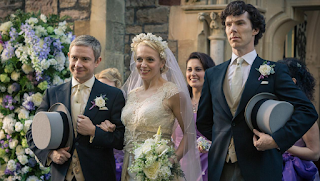Story-telling unit - 25 word pitch
"Meeting Mave"
Genre: Drama
Two lifelong friends meet after a cryptic text, following a tense silence Lucas entrusts Miley with his biggest secret.
Characters:
Lucas (Mave), 19 years old. A skinny and awkward teen who is obviously uncomfortable in his skin, he keeps a very close circle of friends and is from a working class background.
Growing up he showed interests in what his sisters were doing (eg. ballet, singing and other stereotypical feminine actives) and didn't feel he fit in with the other boys, as a result would be bullied for being different.
He has a history of gender dysphoria (feeling as though his physical sex does not suit his psychological gender), and for many years he has known something was "wrong" with his body.
Miley, 19 years old. A bubbly and social girl who has been best friends with Lucas since they were 5, she regularly has stood up for Lucas in times where he was bullied. She often tries to include him in what she and her friends are doing. She keeps large circles of friends and enjoys meeting new people.
Miley is considered popular with everyone she meets. She cares greatly about her appearance and what other people think of her, she is also from a Christian background.
She has previously expressed negative views towards trans people in the news.
Possible small locations: street (will possibly be including intro scenes for Lucas getting to Miley's house)
Miley's room (where the story begins with Miley getting a text)
Inspiration:
As well as a experiences of friends coming out as trans whilst at school and facing negative and positive feedback from that.
Brief summary of story:
Lucas and Miley have been best-friends since they were 5, and have done everything together from dressing up as princesses to trying out for the school football team.
After Lucas sends Miley a mysterious text asking to meet at their regular table in the local café, Miley gets a surprise when she is met with a young girl with grazes, bruises on her face and her makeup smeared from crying.
After a long silence Lucas finally tells Miley he is transgender and wants to live his life as Mave.
After a long silence Lucas finally tells Miley he is transgender and wants to live his life as Mave.
Miley is faced with a choice to follow her and her families beliefs against trans people or to stay by her friend, either way her life will never be the same again.




























